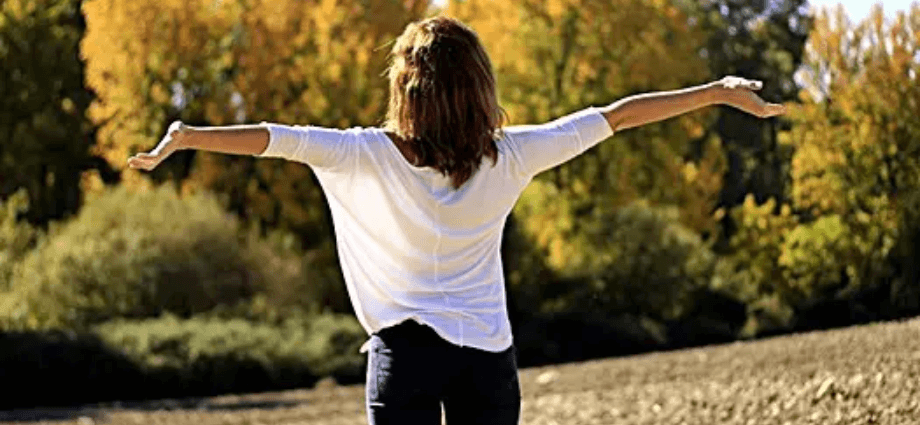Why Post-Lunch Workouts?
Finding time for fitness can feel impossible in a packed schedule. However, incorporating a workout into your day—even right after lunch—is a growing trend for staying active and healthy. Post-lunch workouts offer several benefits for both your physical and mental health, helping you break through the afternoon slump. By squeezing in a workout during or after your lunch break, you can make fitness a natural part of your day.
Benefits of Post-Lunch Workouts
Post-lunch workouts can bring surprising benefits to your daily routine. From improving energy levels to sharpening your focus, even small movements make a difference.
Boosts Energy Levels for the Afternoon

One of the biggest challenges many face after lunch is fighting the dreaded afternoon fatigue. A workout helps:
- Increase blood circulation, delivering more oxygen to your muscles and brain.
- Combat the effects of heavy meals that often lead to lethargy.
- Provide a natural energy boost without relying on caffeine.
Studies have shown that even 10 minutes of exercise can re-energize your body, making it easier to tackle afternoon tasks.
Improves Digestion and Metabolism
Light physical activity after eating can:
- Stimulate digestion and reduce bloating.
- Boost metabolism, which helps with calorie burning throughout the day.
- Prevent the post-lunch slump often caused by heavy, undigested food.
Whether it’s a short walk or a few stretches, movement encourages your digestive system to work more efficiently.
Enhances Mental Clarity and Focus
Exercise increases blood flow to the brain, helping you think more clearly. Benefits include:
- Improved concentration and problem-solving skills.
- Reduced stress levels, which often spike in the middle of busy workdays.
- A mood boost that makes you more productive and positive.
A simple workout session acts as a reset button, helping you tackle tasks with a fresh perspective.
Types of Post-Lunch Workouts
Choosing the right type of workout is key to making post-lunch exercise a habit. Each workout type offers unique advantages.
Light Cardio Options
Cardio doesn’t have to mean hours at the gym. Quick and easy cardio exercises include:
- Brisk walking in your neighborhood or office hallways.
- Low-impact cycling, even on a stationary bike.
- Quick aerobic routines or stair climbing.
These activities are time-efficient and easy on the body, making them ideal for beginners or busy individuals.
Strength and Resistance Training
If you prefer strength training, focus on exercises that don’t require much equipment:
- Bodyweight exercises like push-ups, squats, and planks.
- Resistance band workouts, which are portable and versatile.
- Light dumbbell routines to build strength in just 10-15 minutes.
These workouts are excellent for toning muscles and improving overall body composition.
Stretching and Mobility Workouts
For a more relaxed approach, stretching exercises are a great option. Try:
- Yoga poses like downward dog or child’s pose to relieve tension.
- Simple desk stretches, such as shoulder rolls and neck stretches.
- Pilates exercises to improve flexibility and posture.
Stretching not only reduces stress but also prevents stiffness from sitting too long.
Tips for Fitting Workouts Into Your Day
Adding workouts to your routine doesn’t have to be overwhelming. With a little planning, it’s easier than you think.
Plan Ahead and Prioritize
Preparation is key to squeezing fitness into a busy schedule. To stay consistent:
- Schedule your workout just like you would a meeting or appointment.
- Lay out your workout clothes and equipment the night before.
- Set reminders on your phone or calendar to keep you on track.
When you treat workouts as non-negotiable, they become a natural part of your day.
Choose Workouts That Fit Your Space and Time
Flexibility is essential when you’re short on time. Tips include:
- Opt for bodyweight exercises if you don’t have equipment.
- Use your lunch break for a 10-15 minute routine, such as stretching or light cardio.
- Adapt exercises to your surroundings, like wall push-ups in an office.
Small adjustments make it possible to work out in even the busiest environments.
Use Technology for Guidance
Fitness apps and online resources can simplify your workout planning. Some suggestions:
- Download workout apps with pre-planned routines.
- Follow YouTube fitness channels for guided sessions.
- Track your progress using wearable devices or smartphone apps.
Technology makes it easier to stay motivated and measure your improvements.
Common Challenges and Solutions
Fitting in workouts isn’t always easy. Addressing common obstacles can help you stay on track.
Overcoming Lack of Motivation

Even the most committed individuals struggle with motivation. To stay inspired:
- Set realistic, achievable goals and celebrate small wins.
- Find an accountability partner to keep you on track.
- Remind yourself of the benefits, such as better energy and health.
Managing Time Constraints
When your schedule feels packed, time-efficient strategies are essential:
- Break your workout into smaller chunks, such as two 5-minute sessions.
- Combine activities, like taking a walking meeting or stretching while on a call.
- Use weekends to plan longer, more intense workouts.
Making fitness a priority ensures it fits even in the busiest days.
Addressing Physical Discomfort or Fatigue
If you feel tired or stiff, start with low-impact exercises. Tips include:
- Listen to your body and avoid overexertion.
- Begin with light stretches to warm up.
- Gradually increase intensity as you build strength and endurance.
Consistency over time will make workouts feel easier and more enjoyable.
Success Stories and Inspiration
Hearing about others’ experiences can motivate you to try post-lunch workouts yourself.
Real-Life Examples of People Who Made It Work
Consider these examples:
- A busy office worker who started doing desk stretches during breaks and noticed reduced back pain.
- A parent who used lunchtime for quick bodyweight exercises and felt more energized for evening activities.
- A remote worker who combined walking meetings with light resistance training to stay active.
These stories show that even small efforts can lead to big changes.
How Small Steps Lead to Big Changes
Consistency is the secret to long-term fitness success. Starting with short, manageable workouts helps:
- Build confidence and create a habit.
- Improve fitness levels gradually without overwhelming your schedule.
- Inspire others around you to make healthier choices.
Every small step you take brings you closer to your fitness goals.
Conclusion: Make Post-Lunch Workouts a Habit
Post-lunch workouts are a simple yet effective way to boost energy, improve focus, and stay fit. By planning ahead, choosing the right exercises, and addressing challenges, you can make fitness a natural part of your routine. Remember, even small steps count. Start today, and enjoy the benefits of staying active during your day. Prioritize your health and find what works best for your lifestyle—your body and mind will thank you!
